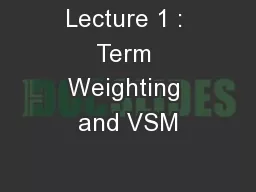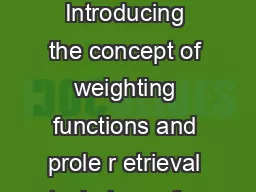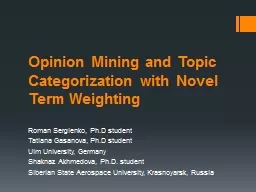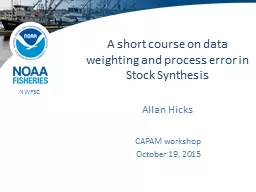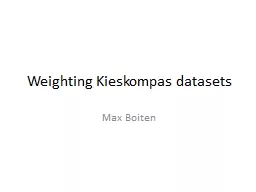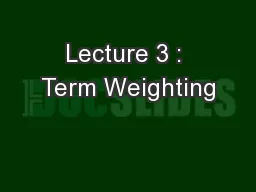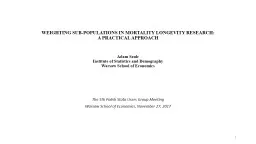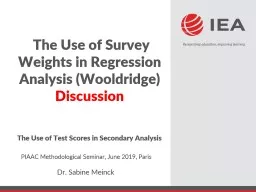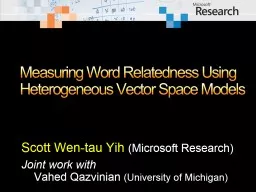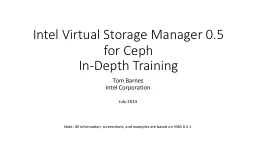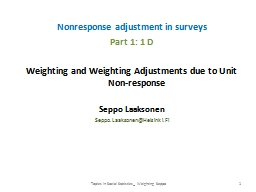PPT-Lecture 1 : Term Weighting and VSM
Author : jane-oiler | Published Date : 2017-09-15
楊立偉教授 wyangntuedutw 本投影片修改自 Introduction to Information Retrieval 一書之投影片 Ch 13 6 1 Basics to Informational Retrieval 2 3 Definition
Presentation Embed Code
Download Presentation
Download Presentation The PPT/PDF document "Lecture 1 : Term Weighting and VSM" is the property of its rightful owner. Permission is granted to download and print the materials on this website for personal, non-commercial use only, and to display it on your personal computer provided you do not modify the materials and that you retain all copyright notices contained in the materials. By downloading content from our website, you accept the terms of this agreement.
Lecture 1 : Term Weighting and VSM: Transcript
Download Rules Of Document
"Lecture 1 : Term Weighting and VSM"The content belongs to its owner. You may download and print it for personal use, without modification, and keep all copyright notices. By downloading, you agree to these terms.
Related Documents

